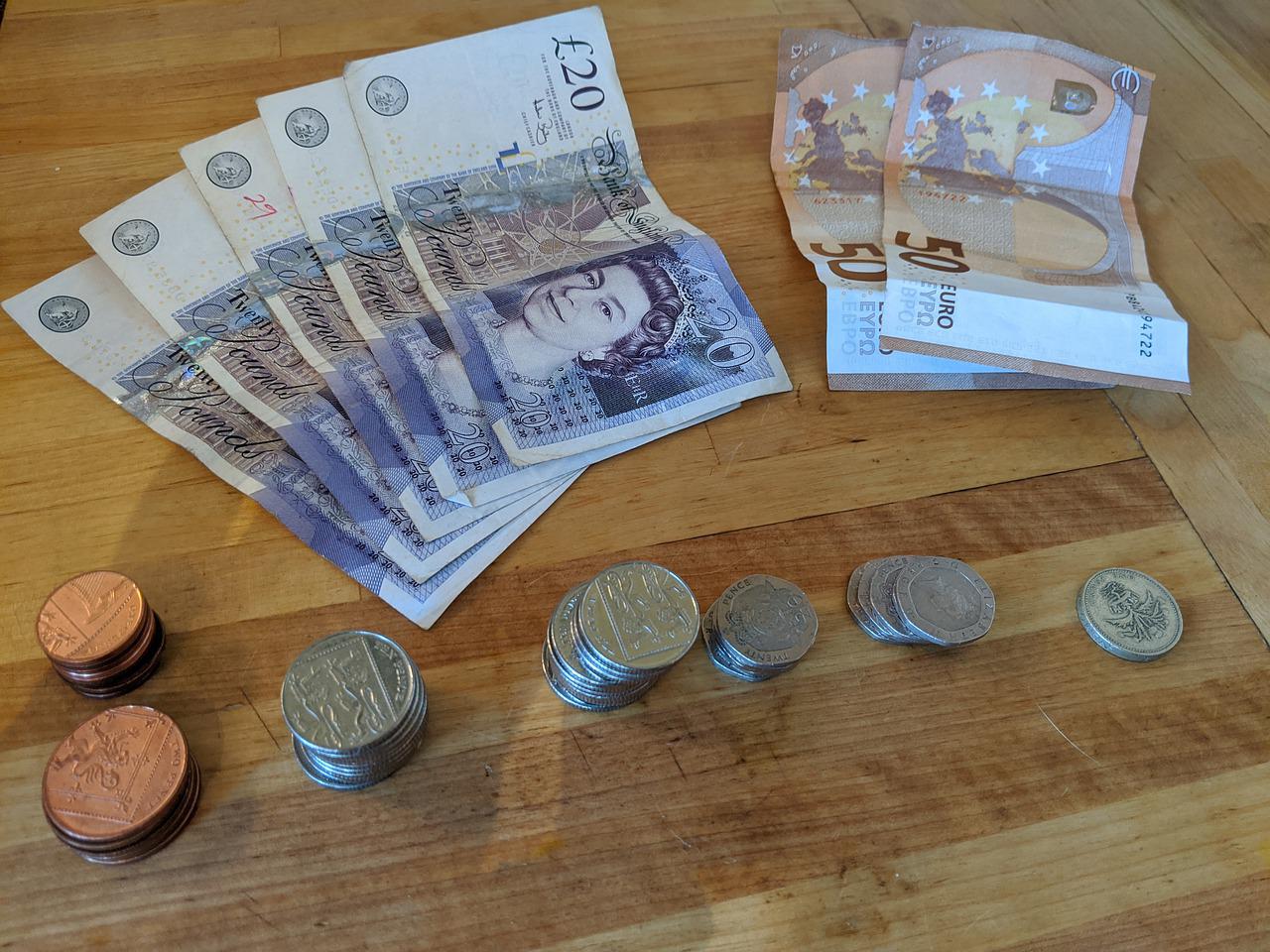On Friday, the Sterling declined against the US dollar and was on course for its worst week against the safe-haven currency in a year. This was because of increasing worries of a global economic recession combined with weak economic data in the UK that dealt a blow to the British currency.
The pound falls
This is the biggest decline for the British pound since 2008 in a six-month period against the US dollar. The risk-sensitive currency had briefly gone below the $1.20 mark against the greenback, which appears to be strengthening. Sterling had last shed 1.5% against the US dollar to come down to $1.2000.
As a matter of fact, the Sterling also plunged against yet another safe haven, i.e. the Swiss franc, which brought it to its lowest level after March 2020. It had declined by 0.8% to trade at a value of 1.1530. The British currency was also down against a weakening euro, as it shed 0.5% to trade at a value of 86.52 pence. This was the biggest decline in a half year that the British currency has seen against the single currency after the beginning of the pandemic.
Market analysts said that the first day of the year’s second half was a risk-averse one and this was taking its toll on the British currency. The currency was struggling not just against the US dollar, but also against other currencies across the board.
They said that the UK economy was finally feeling the impact of demand destruction and there were reduced expectations of interest rate hikes. Furthermore, the Northern Ireland protocol controversy is also weighing down the currency.
Disappointing data
Official data showed on Thursday that Britain’s current account had reached a record shortfall in the first quarter of the year. The deficit increased to 51.7 billion pounds, which is about 8.3% of the UK’s gross domestic product.
Market analysts said that the current account deficit in the first quarter means that the British currency will not be able to attract the inward capital flow needed for covering the shortfall in this environment. On Friday, data showed that there was more loss in momentum in British manufacturing last month than had been estimated.
In fact, it turned out that new orders declined at the fastest rate seen in two years. People were forced to cut back on their purchases due to higher prices, which resulted in weaker-than-expected consumer spending data in May. This fueled worries of a slowdown in the largest economy of the world.
Central bank moves
Due to increasing concerns that a sharp rise in the cost of borrowing would damage the British economy, rate hike expectations by the Bank of England for this year have been scaled back. The BoE started raising interest rates last year in December in order to tackle inflation, which hit a 9.1% record high in May.
Traders were also keeping an eye out on the potential trade clashes that may occur with the EU due to the Northern Ireland protocol, as they could also affect sterling negatively.

